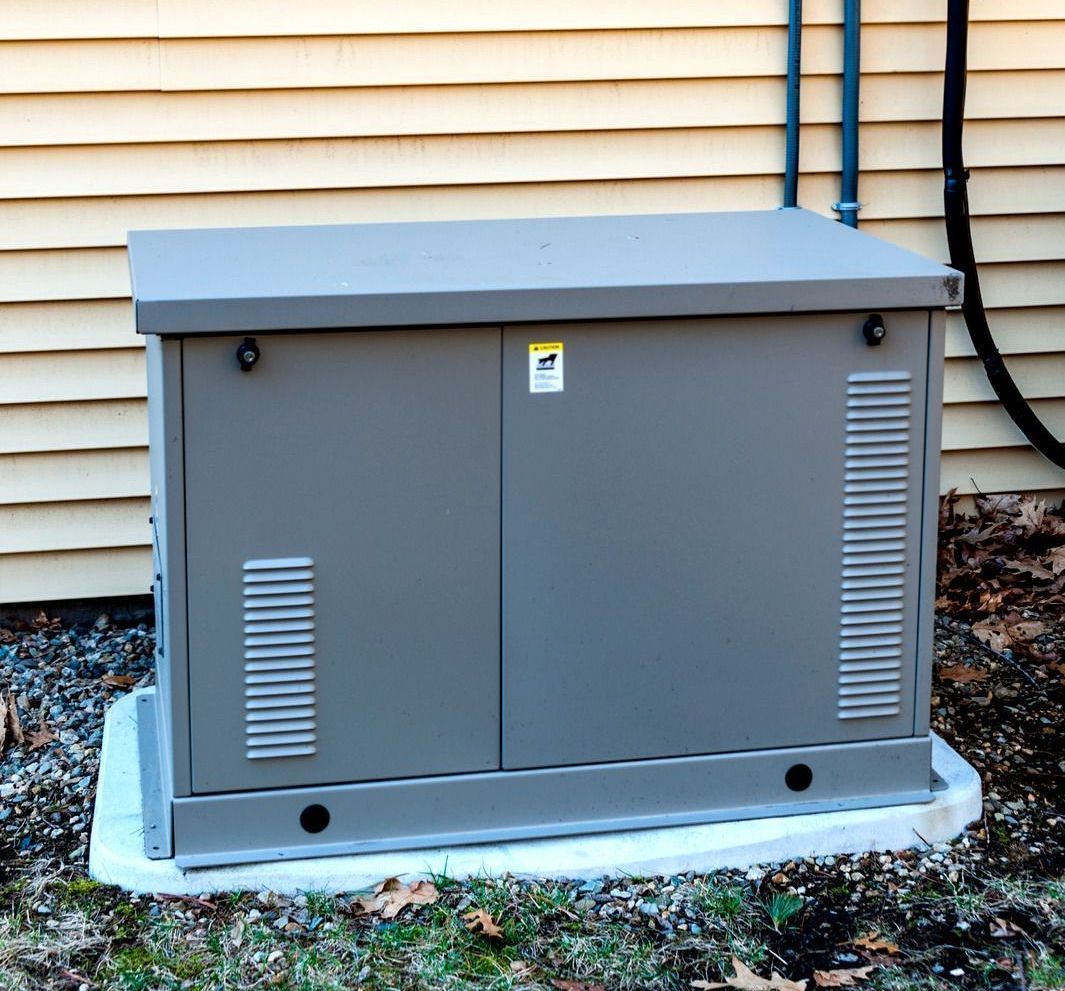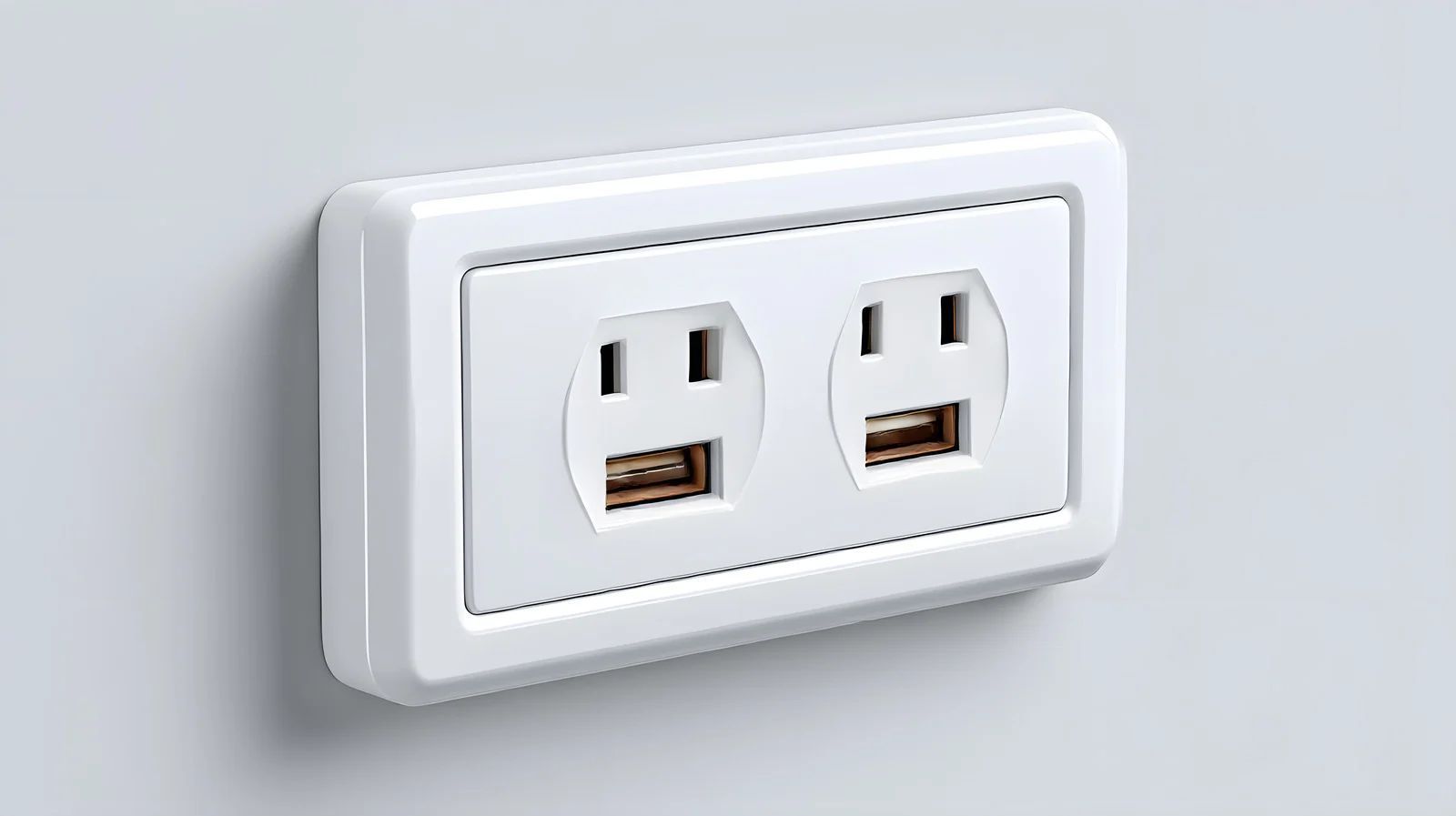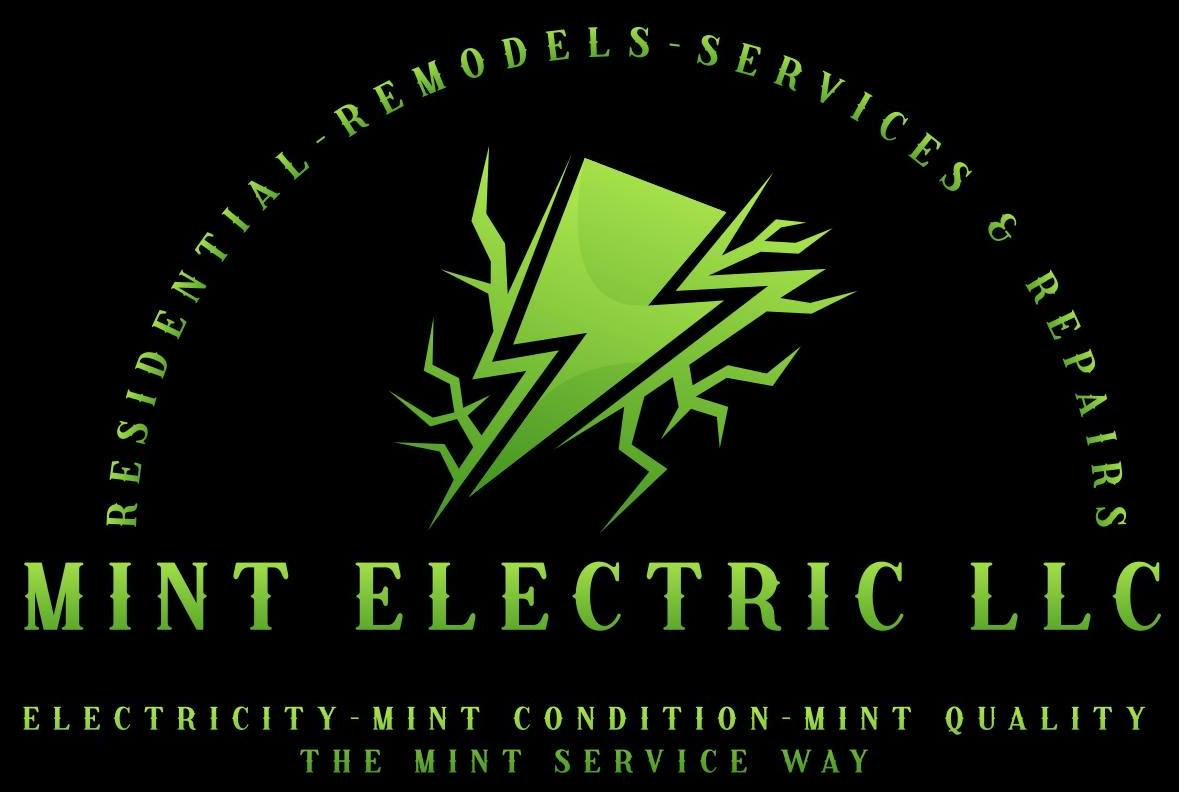Everything You Need to Know About Installing a Backup Generator
September 5, 2025

Power outages are more than an inconvenience. They can disrupt work, spoil food, damage appliances, and even affect medical equipment. Installing a backup generator is one of the smartest ways to keep your home or business running smoothly when the grid goes down. Here’s what you should know before moving forward with installation.
What a Backup Generator Does
A backup generator supplies power to your home or building when the main electrical supply fails. It detects the outage and activates automatically, keeping essential systems running without delay. Whether you're protecting your HVAC system, refrigerator, lighting, or home office setup, a generator provides seamless coverage.
There are two main types: portable and standby. Portable generators are manually operated and ideal for short-term use. Standby generators are permanently installed, start automatically, and can power more devices at once. For whole-home or business backup, standby units are the preferred choice.
Sizing Your Generator Properly
Choosing the right size generator is critical. A unit that’s too small won’t power all necessary appliances, while an oversized one is inefficient and costs more to operate. Generator sizing is based on your electrical load, which includes everything you want to keep running during an outage.
Professionals calculate load requirements by evaluating appliances, HVAC systems, and other electronics. This ensures the generator can handle the demand without overloading or causing performance issues. Sizing also impacts fuel needs, runtime, and installation specs.
Fuel Source Considerations
Generators operate on propane, natural gas, or diesel, each offering distinct advantages. Natural gas is clean and convenient if a line is installed. Propane stores well, while diesel generators are durable and efficient for larger systems. Your choice should consider availability, cost, and backup goals, along with maintenance schedules and emissions during planning phase.
Professional Installation Is a Must
Installing a backup generator isn’t DIY. It involves electrical work, plumbing, permits, and integration with your main panel. Improper installation risks safety, code violations, or system failure during outages.
Licensed electricians manage permits, testing, and transfer switches. They ensure proper load management, compliance with local codes, and safety standards. Professional installation protects your warranty and enhances long-term reliability.
Maintenance Keeps Everything Running
Once installed, a backup generator needs routine maintenance. Like a vehicle, it has moving parts, fluids, and filters that need attention. Regular maintenance includes oil changes, battery inspections, fuel system checks, and test runs.
Many homeowners opt for service agreements that include scheduled tune-ups and priority support. This helps avoid surprises and ensures the generator kicks on exactly when needed. Keeping up with maintenance protects your investment and gives peace of mind year-round.
Why Homeowners and Businesses Are Making the Switch
Storms, grid instability, and aging infrastructure are all driving interest in backup power. Homeowners want to protect their families and assets. Businesses can’t afford interruptions to operations, security systems, or customer service.
The investment pays off over time, especially when you factor in potential losses from spoiled food, missed work, or emergency hotel stays. With long-lasting units and improved technology, today’s generators offer dependable protection tailored to modern needs.
At Mint Electric, we’ve been helping homeowners and businesses make smart electrical upgrades for over 10
years. Based in Mapleton, UT, we understand how important reliable power is to your safety, comfort, and productivity. If you’re ready to take the next step in
backup generator installation, our experienced team is here to guide you every step of the way.




